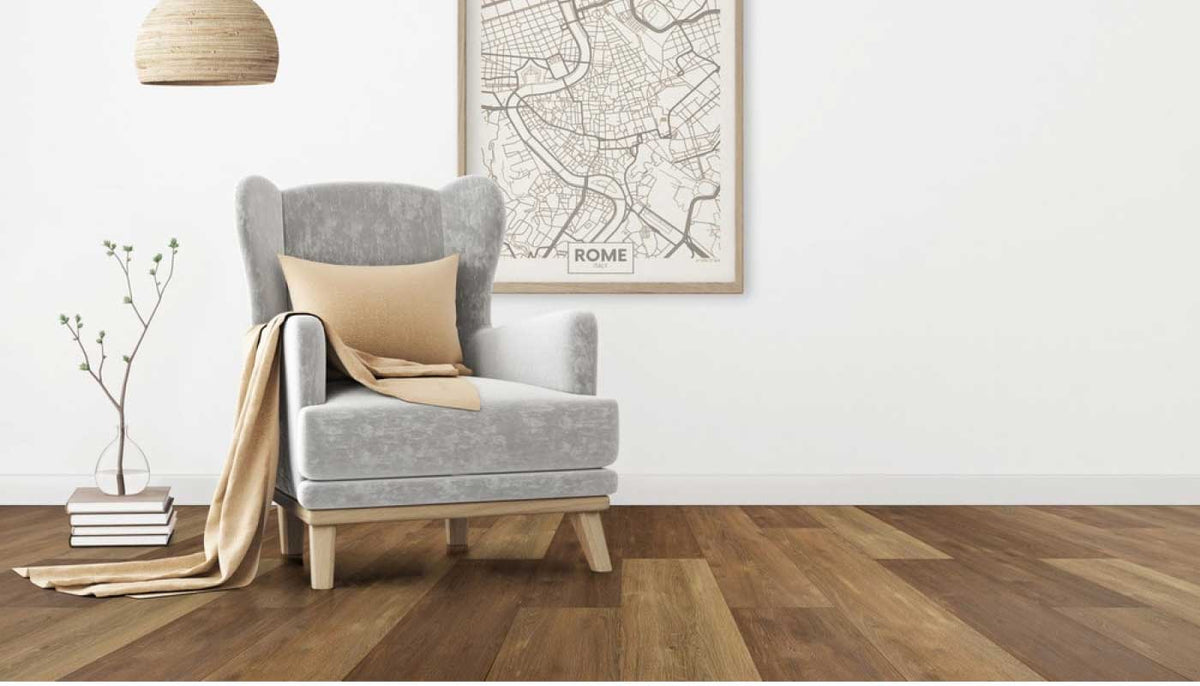
MDF Wood vs HDF Wood: How are They Different?
|
|
Time to read 1 min
|
|
Time to read 1 min
If you’re considering fiberboard core flooring, you’re probably wondering what the difference is between high density fiberboard and medium density fiberboard. To help you make an educated decision we have the breakdown on HDF vs MDF, and which will better suit your needs.
There are three types of fiberboard flooring and highlighting on the HDF vs MDF comparison. HDF is referred to as hardboard, a high density fiberboard (HDF) for flooring is a type of engineered wood product. It’s made from wood fiber extracted from chips and pulped wood waste. HDF for flooring is similar but much harder and denser than particle board or medium density fiberboard (MDF) for flooring. It has a density greater than 50 pounds per cubic foot or 800 kg per cubic meter. This makes for a perfect stabilizing material for laminate floors and engineered hardwood flooring.
Like other types of fiberboard for flooring, a HDF for flooring cannot be used outside because it absorbs water. A tempered form of hardboard can resist moisture and is more durable. It is made by adding oil that becomes a polymer when the board is formed under high temperature and pressure. This tempered hardboard is used in construction siding.
Medium density fiberboard for flooring, or MDF, is also an engineered product. It is made of wood wastage fibers compressed together with resin or glue under heat and pressure. It is similar to particle board but more dense. MDF has a density of 600-800 kg/m³, which is higher than many hardwoods. It also doesn’t warp or swell easily in high humidity areas like bathrooms or washrooms. Once again, these characteristics make it an ideal core layer material for laminate flooring and engineered floors.
MDF is also regularly used for furniture, cabinetry, wall panels, shelving, storage units, decorative molding, and doors. Due to its insular qualities in sound and heat, acoustic enclosures for loudspeakers and sub-woofers often are made from MDF.